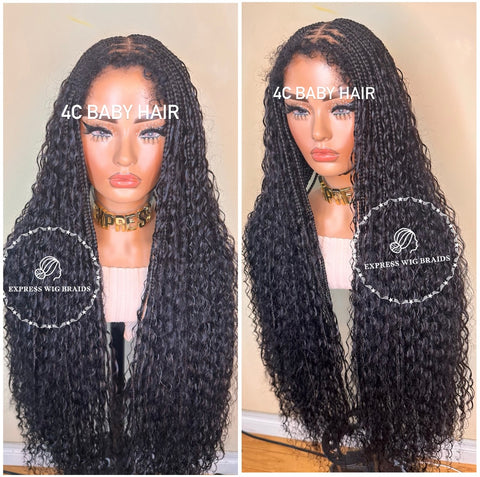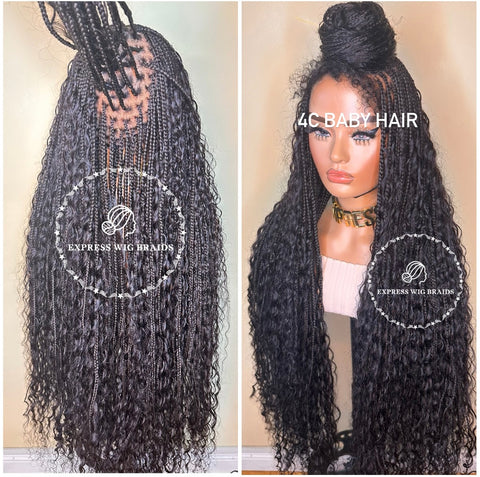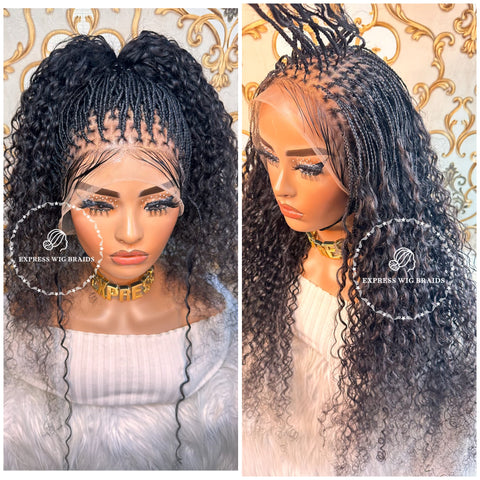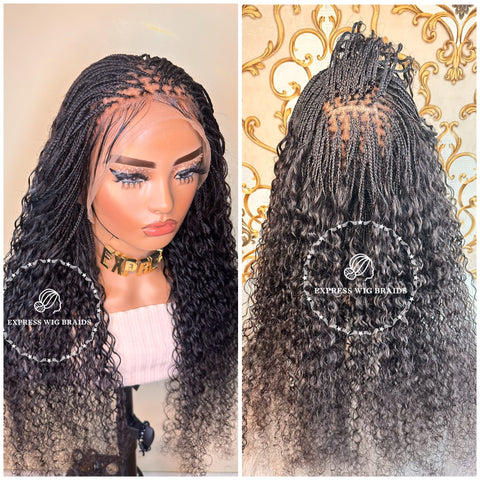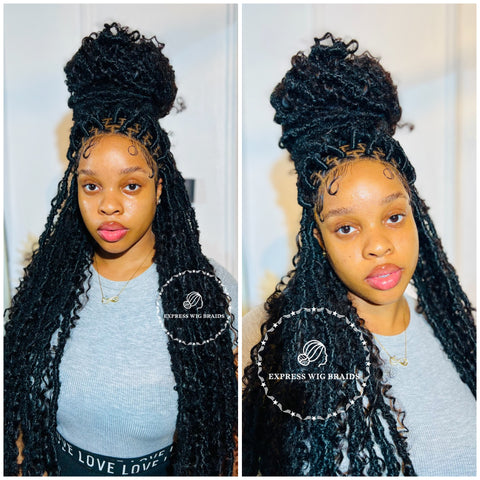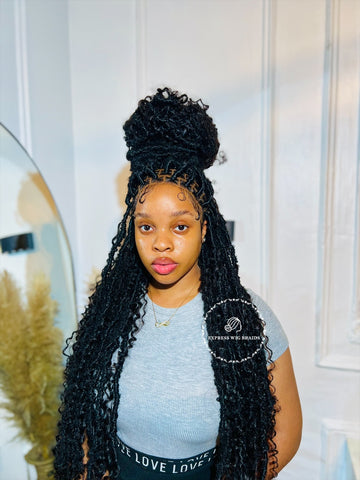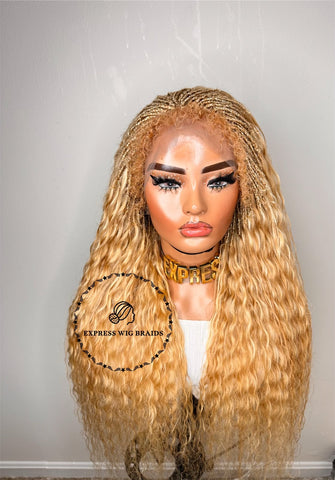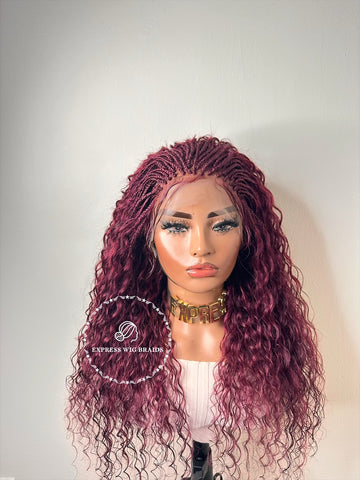How to Color Your Hair Using Natural Dyes

Thinking about a new hair color but want to avoid chemical treatments?
Coloring your hair with natural dyes can be both an exciting and rewarding experience, providing a way to express your style while avoiding the harsh chemicals present in traditional dyes.
Get set for the top natural hair dyes, with a step-by-step guide to help you achieve beautiful, vibrant hair color naturally.
Top 7 Natural Hair Dyes
Whether you're looking to get subtle natural hair tones or bold changes, natural dyes offer a range of possibilities. Here are the top natural hair dyes, extracted from plants:
1. Henna: Derived from the Lawsonia inermis plant, henna provides a rich reddish-brown color. It’s one of the most popular and well-known natural dyes.
Hair coloring with henna is as follows:
- Combine henna powder with warm water to form a thick paste
- Let it sit for 1-4 hours for a deeper color
- Wash and dry hair
- Wear gloves and apply the paste evenly to your hair using a brush
- Cover with a shower cap
- Leave it on for 1-4 hours, depending on the desired intensity
- Rinse with lukewarm water until it runs clear
- Avoid shampooing for 24 hours
Here’s a step-by-step guide on how to use carrot juice for hair coloring:
- Blend fresh carrots and strain to get carrot juice
- Massage the carrot juice into your hair
- Use a shower cap to prevent dripping
- Leave the juice on for 30-60 minutes
- Rinse with lukewarm water
Here’s a step-by-step guide on how to use coffee for hair coloring:
- Brew a strong pot of coffee and let it cool
- Apply the coffee to your hair, ensuring even coverage
- Use a shower cap to keep the coffee from dripping
- Leave the coffee on for 30-60 minutes
- Rinse with lukewarm water
Here’s a step-by-step guide on how to use beet juice for hair coloring:
- Blend and strain to get beet juice
- Massage the beet juice into your hair or soak your hair in it
- Wrap your hair with plastic wrap to prevent drips
- Leave the juice on for 30-60 minutes
- Rinse with lukewarm water
Here’s a step-by-step guide on how to use indigo for hair coloring:
- Combine indigo powder with warm water to create a smooth paste
- If using with henna, apply the henna first, then the indigo
- If applying alone, apply directly to the hair
- Use a shower cap or plastic wrap to prevent the dye from drying
- Leave indigo on for 30-60 minutes
- Rinse with lukewarm water
- Avoid shampooing immediately
Here’s a step-by-step guide on how to use chamomile tea for hair coloring:
- Steep several chamomile tea bags in hot water for 10-15 minutes
- Let the tea cool to a comfortable temperature
- Pour the tea over your hair or soak your hair in a bowl of tea
- Leave the tea on your hair for 30-60 minutes
- Rinse with cool water
Here’s a step-by-step guide on how to use red cabbage for hair coloring:
- Chop the red cabbage and boil it in water until the water turns deep purple
- Strain the cabbage and let the liquid cool
- Pour the cabbage dye over your hair or use it as a rinse
- Leave the dye on for 30-60 minutes
- Rinse with lukewarm water
And that’s it!
Which of the natural hair dyes are you trying right away? Share with us in the comment section.
Here is a tip you should note:
Ensure you do a patch test 48 hours before applying the dye to confirm if you have an allergic reaction to the dye or not. Apply a small amount of dye to a hidden area of your skin and wait to see if any irritation occurs.
Let’s look at the benefits of using natural hair dye before round-up with FAQs.
Benefits of Using Natural Hair Dye
Natural dyes are free from harsh chemicals such as ammonia, parabens, and sulfates, which are often found in synthetic hair dyes. This reduces the risk of allergic reactions and skin irritations.
Plus, they are gentler on the hair and scalp, potentially leading to less damage and dryness.
Also, they often include conditioning ingredients that help maintain hair health.
In addition, natural dyes are generally less harsh and may cause less cumulative damage over time. Unlike synthetic dyes that could lead to long-term damage and weaken the hair when used regularly.
Overall, natural hair dyes provide a gentler, eco-friendly alternative for those looking to color their hair while minimizing exposure to potentially harmful chemicals.
FAQs
1. How long does the color from natural dyes last?
Natural dyes typically last between 4-6 weeks, depending on factors like hair type, color, and how frequently you wash your hair. The color tends to fade more gradually compared to synthetic dyes.
2. Can I achieve permanent hair color with natural dyes?Most natural dyes provide a semi-permanent color. For longer-lasting results, you may need to reapply the dye periodically.
3. Are natural dyes safe for all hair types?Natural dyes are generally safe for most hair types. However, it’s a good idea to do a patch test first to ensure you don’t have any allergies or sensitivities.
4. Will natural dyes affect the texture of my hair?Natural dyes are generally gentler than synthetic dyes and can improve hair texture. Some dyes, like henna, also have conditioning properties that strengthen the hair.
5. Can I mix different natural dyes?Yes, you can mix different natural dyes to achieve custom colors. For example, blending henna with indigo can create various shades of brown.


